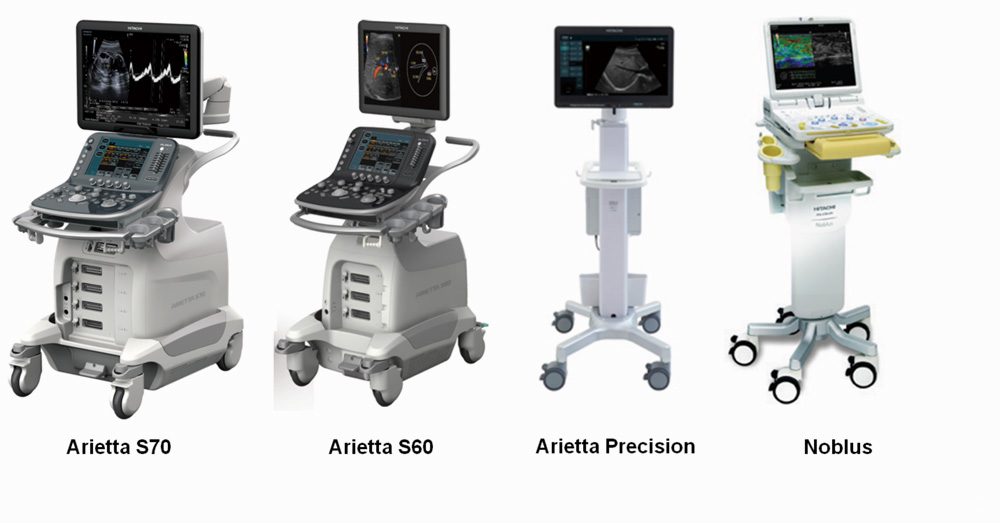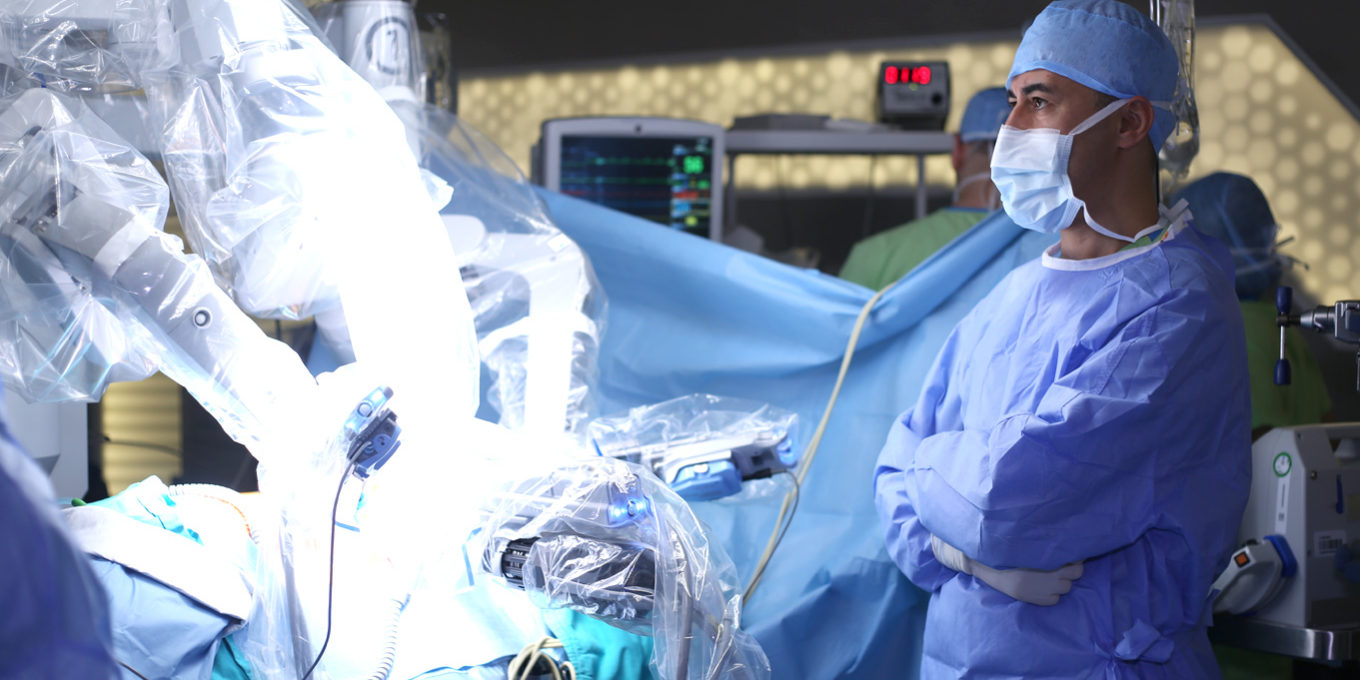Awareness about the advantages of robotic surgery is on the rise across the globe. In India, over the years, the concept of robotic surgery has evolved and in the last few years there is increased traction and the Robotic Surgery technique has found itself a regular use case in many of the Corporate Hospitals and major medical institutions.
The ultimate aim of Robotic surgery is to achieve minimally invasive surgery and the world’s most advanced surgical robot is the Da Vinci Robot which comprises of miniaturized surgical instruments that are mounted on three separate robotic arms. This gives the surgeon maximum range when it comes to motion or precision. There is also a fourth arm which contains a magnified hi-def 3-D camera that can guide the surgeon throughout the procedure. A large number of robot-assisted surgeries are being performed for urological and gynaecological purposes. Of late, it is even used in general surgery, cardiovascular, oncology and event for transplants.
In Robotic Surgeries, there is less trauma and scarring on the body which allows faster recovery time for the patients. **
Robotic Surgery is a platform which is made up of 2 components.
- The Surgical Robot
- Accessories
The Power of Accessories:

Although, the Surgical Robot is the main device, the specialized accessories are the ones that expand its capabilities and its clinical applications. The Clinical Value and reach of Robotic Surgeries will continue to improve with the inceasing availability of compatible accessories that are being developed by various companies. Hitachi’s Robotically controlled ultrasound probe is an the important accessory that allows Surgical Robots to be used for complex procedures like Nephrectomy surgery where the Real-time imaging immediately provides valuable information necessary to assist in surgical planning and execution.

Robotically controlled Ultrasound Probe is another first from Hitachi, the worldwide leader in intra-operative ultrasound. It provides surgeons with direct control of the real-time imaging during minimally invasive RAPN procedures. After engaging the probe with the robotic graspers, the surgeon now completely controls the probe’s movements rather than directing a surgical assistant. From the robotic console the surgeon remotely guides the probe’s movement with greater precision, dexterity and control than ever before.
Hitachi Robotic Probe – Extraordinary Clinical Value:

- The surgeon can have direct control of the ultrasound probe.
- Real-time images can be captured from every angle with full robotic articulation.
- There is a greater accuracy in ensuring the identification of the entire tumor surface.
- The robotic grasping instruments have seamless integration.
- The surgeon can simultaneously view real-time ultrasound images as a picture-on-picture display.
- The probe can be accessed from multiple ports.
- There is increased flexibility which allows the surgeon to grasp or release the probe as and when needed.
The device has proved its effectiveness for minimally invasive robot-assisted partial Nephrectomy.
Robotic Probe Compatible Ultrasound Models from Hitachi:

With strong commitment and dedication to robotic surgery, Hitachi offers a wide range of consoles and specifically designed probes to meet the needs of every robotic surgeon and will continue to expand the clinical value of Surgical Robots. Trivitron Healthcare proudly brings these Robotic Surgery Ultrasound solutions to Healthcare providers in India and is committed to be a partner that provides innovative and high-end medical technology which will improve the overall healthcare delivery in the country.
Know More.. (or) Write to us at: groupmarketing@trivitron.com
References:
[1] https://med.nyu.edu/robotic-surgery/physicians/what-robotic-surgery
[2] Hitachi Product Marketing documents
[3] https://www.ncbi.nlm.nih.gov/pmc/articles/PMC4290113/
**Data from online sources.
[4] http://www.drlemusrangel.com/robotics-improving-surgery-success/

